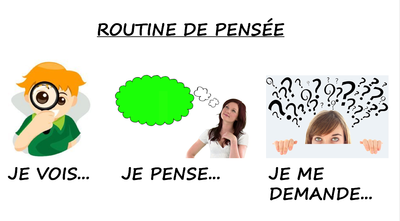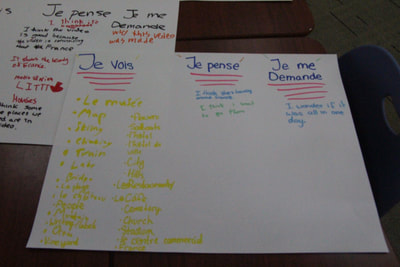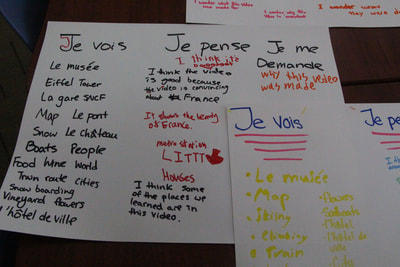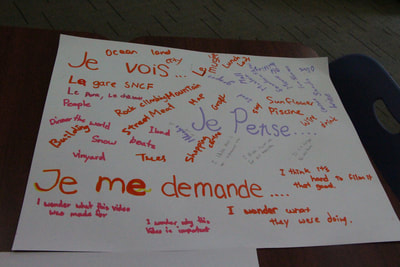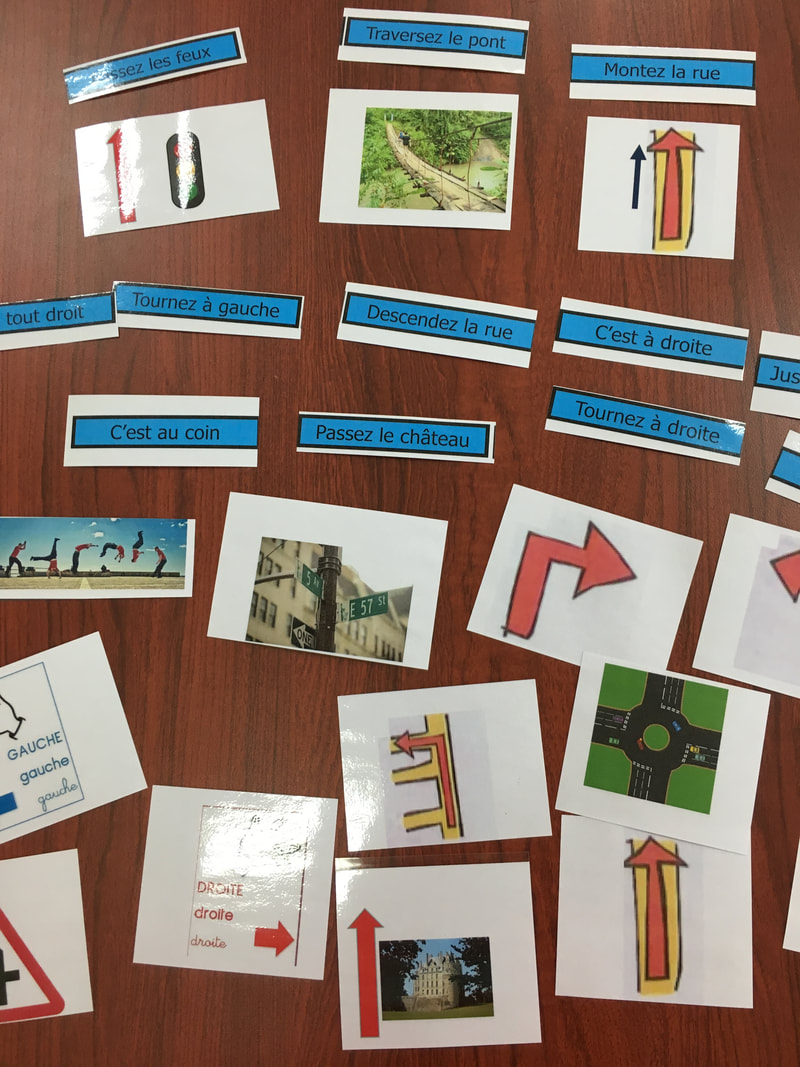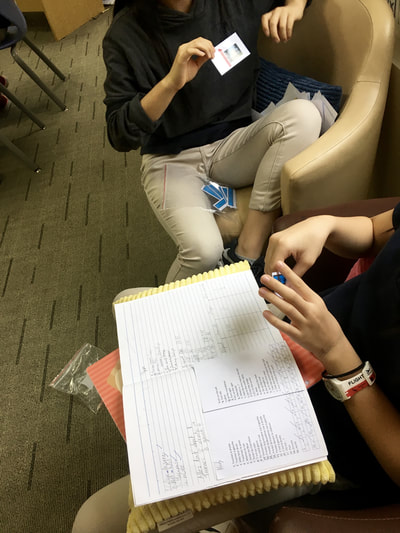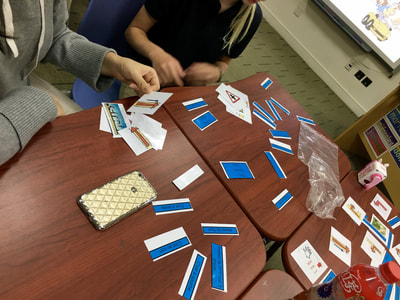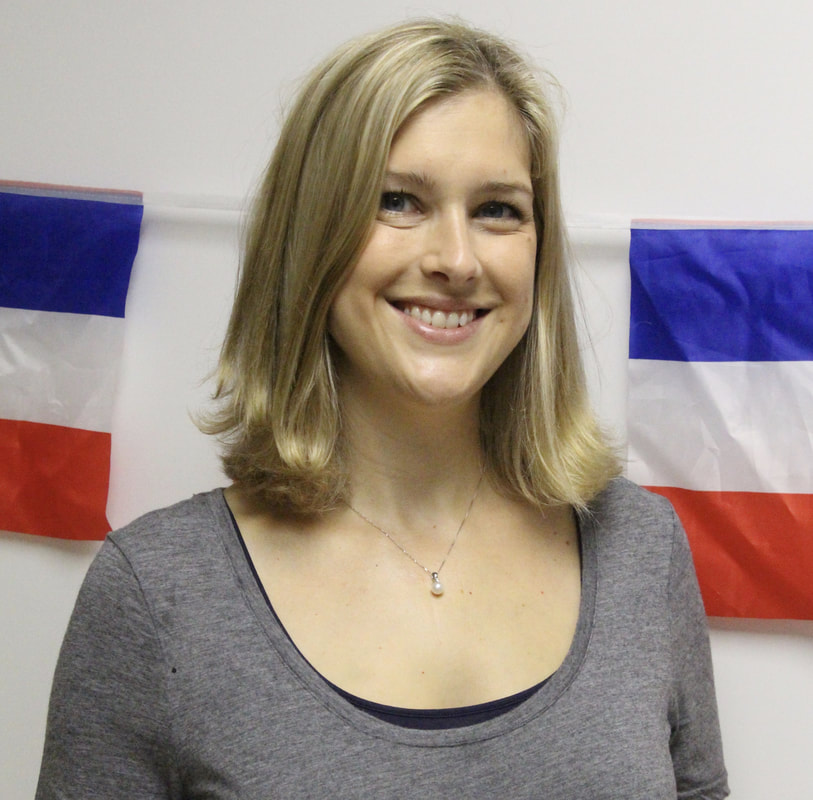|
After inquiring into the role of the TGV connecting locations around France, the students moved on to learn conversations for buying tickets at the train station. I introduce some of the key vocabulary relating to the train station and buying tickets, and then we have the opportunity to review times in both the 12 hour and 24 hour clock, with a discussion about the universal use of the 24 hour clock when traveling. There are good listening activities on time in the text book Expo 4 Foundation and Expo 4 Higher. Afterwards, the students work in pairs to practise the dialogue for buying tickets. Below is the PPT that I use to introduce the vocabulary, listening activities and dialogues.
0 Comments
As I was preparing to introduce the topic of train travel and the train station in France, I was very happy to find the advert below for TGV travel throughout France. In this beautiful advert you see many of the top tourist attractions in Paris, such as the Eiffel Tower, Le Sacré Cœur and Notre Dame, as well as the beautiful lavender fields in the south and the vineyards of Bordeaux. Whilst watching the video, my students completed the visible thinking routine "I see, I think, I wonder". When considering what they could see, there was plenty of opportunity for them to practice their French vocabulary on different types of buildings and architecture (e.g. le café, la plage, le château, le pont), geographical landmarks (e.g. une montagne, une rivière, un champ) and activities (faire du snowboard, faire de l'escalade, faire du surf). A few students "thought" that the video showed beauty of France and it was motivating them to visit the country while others "wondered" if the advert was filmed in one day (an interesting reference to the times shown) and what it was that the people on the train were doing. Following this activity, we were then ready to start discussing the conventions of the text with questions such as...
To help learn the vocabulary related to asking and giving directions I created laminated cards for my French Phase 1-2 students. I love the multiple possibilities offered by card activities:
Here are my students testing each other with the cards. Please see below the document I used to create my cards. I hope you find it useful! Further to this, we completed several reading, listening and writing activities in which the students practised both understanding, and giving, directions. These activities mostly came from the unit <<Pardon Madame>> in the text book Métro 4 Vert, which is an old book but still a very useful one! Once the students had done sufficent practice in pairs, they had a formative assessment in which they had to provide me with directions to places in town (using the map from Métro 4 Vert), and then they had to ask me directions using the question <<où est...?>>.
|
Juliet Orchard
I have been teaching French and Spanish for 13 years. I qualified and started teaching in the UK, and I currently work at Shanghai Community International School, China. I have experience teaching GCSEs and IB DP and MYP. Find out more about me within these blog pages or below at LinkedIn. Archives
October 2017
Categories
|
